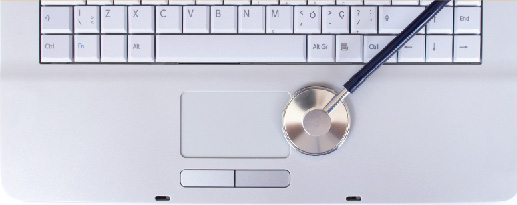

What is REEP?
The Residential Electricity Evaluation Project (REEP) Audit was initiated by NRCan intending to identify and quantify the various uses of electric energy in a household and point out and rank opportunities
to reduce the consumption of electricity. The REEP Audit is intended to be undertaken after the completion of the ecoENERGY audit. The REEP Audit process re-uses the building simulation model from the ecoENERGY evaluation to estimate the as lived-in usage of electricity by the mechanical systems in the home.
The ecoENERGY audit focuses on and reports the building shell heating requirements. It uses a HOT2000 building simulation which estimates the fuel and electricity consumption required to heat the home. In doing so makes some general assumptions about the consumption of electricity by appliances, lighting, plug loads within the house and outdoor electricity uses. The standard assumption is 24 kWh per day for these base loads.
Complementing the ecoENERGY audit, the REEP Audit is designed to make use of the same HOT2000 building model to estimate the electricity consumed by the space and water heating systems, and the space cooling equipment. The REEP Audit also collects sufficient information to estimate the balance of the electrical energy usage by the appliances, lighting, communications and entertainment equipment, pumps, etc. in the same household.
Once the conservation measures have been identified, we add additional value by also considering the Time Of Use pricing of electricity and provide suggestions how to use this to lower the cost of the electricity consumed. We also assist in explaining the various pricing components of your electrical bill.
What Steps Are Involved?
- You prepare in advance by obtaining the last year's of electric bills, or signing up for electronic access and downloading them from your local Hydro company.
- We conduct a walk through the house to note all the light sources, plug-in appliances, built-in appliances and outdoor light sources. These items are recorded by a software application on a laptop.
- Conducting a short interview with the occupants of the home to determine the number of residents, ages, occupancy of the residence during the day and use of the individual rooms and other house areas.
- Using the house simulation model, that was developed as part of the ecoENERGY program evaluation, to estimate electricity usage by the main heating and cooling, and domestic hot water systems. If a full ecoENERGY evaluation was not done, then an abbreviated one is done or a selected similar model is used to obtain these values.
- Make final adjustments to reconcile estimates with actual usage electricity reported by the electric utility company and prepare the evaluation report.
- Provide suggestions in the report how Time Of Use pricing can be used to reduce your cost for electrical power.
How do Savings Occur?
The report identifies where and when the electrical energy is used, by segmenting them into seven major categories. There are typically some energy savings possibilities from using more efficient appliances. There are some appliances that could be unplugged in between usage, if they needlessly consume standby power. A strategy of using more efficient lighting sources can be discussed. When appropriate, a time to recover costs from upgrading certain major appliances will be calculated.
Some lifestyle changes are suggested where appropriate to use specific high consumption appliances during times of off peak pricing. For some electrical loads a timer can shift the use into off-peak hours.
For some customers, a real time whole house remote display of the house's energy consumption can assist in the lowering of energy bills, by providing clues that something is left turned on which could be turned off.
For some homes, a change to the space heating and or domestic hot water heating equipment can result in significant reduction of electrical energy costs.
Click here for a sample of a REEP report.
Note: the current version of NRCan's REEP software does not take into account Time Of Use pricing of electricity. We provide some supplementary recommendations that consider this and can lower energy bills by optimizing time of day use.





